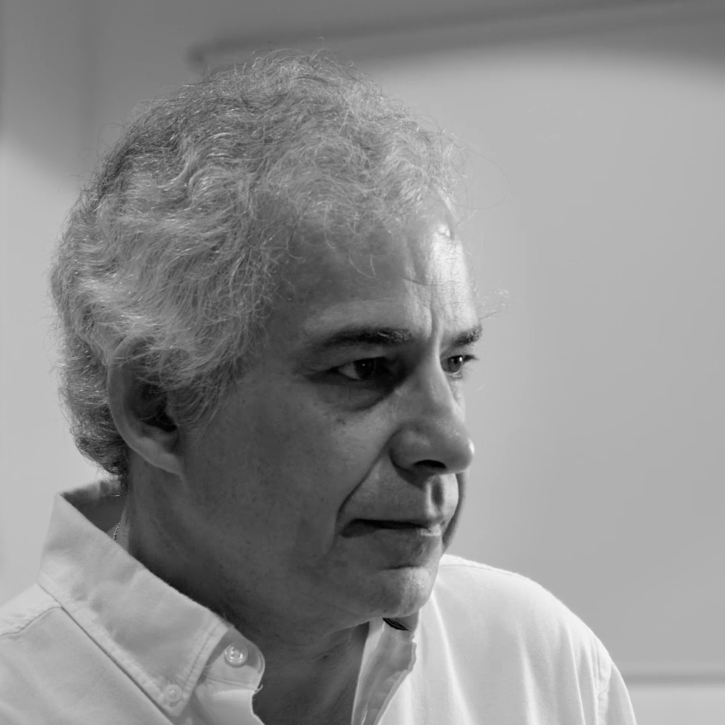
Author: Josep Alzamora
Reflection on Hypercompetition
First Approach
Hypercompetition—More than three decades ago, Michael Porter established the two principal variables for reaching competitive advantage: cost leadership and differentiation. Although globalization has pushed companies of all kinds from everywhere to deal with an inevitable evolution, there are many regions —not just companies— and business sectors where, at present, words such as “competition,” “low cost,” ”leadership,” and “differentiation” are not fully integrated into their culture.
As is to be expected, the current context is much more demanding than three decades earlier, and not just costs and differentiation are needed to reach a sustained capacity to compete. Today’s environments have experienced a significant evolution and —at an unstoppable pace— there are more and more highly developed environments where:
-
The density of businesses is above average, and it is relatively easy to enter the market.
-
Competitive advantages have little efficacy due to constant competition, which constantly reaches superior performances and rapid-changing dynamics.
-
Resources are increasingly scarce.
In this type of context, large corporates are more likely to survive because, among other things, most of the time, they are the ones that define the rules. On the other hand, small-medium companies, not to mention retailers, will have to struggle to survive. The question is, what do they —small and medium businesses, and retailers— have to do? The answer to those questions depends on the company's goals and the time-length period they want to sustain them.
Viability vs. Sustainability
The approach to face successfully the effects of hypercompetition will be different depending on whether the focus is to survive in the short term (viability) or to develop the capacity to compete in the long term (sustainability). Either option has its pros and cons. Therefore, the company that wants to improve its performance in hyper-competitive environments will have to weigh them carefully to make the most appropriate decision.
In determining the best strategic approach, the first step will be to identify what is needed to thrive in a hyper-competitive environment. Then, depending on the characteristics of the key elements needed, the company can decide whether and how to work with a short-medium or long-term vision.
Critical Outcomes
The incessant demand for resources is limited by their availability. Therefore, deciding on a strategy based on the possibility of massive consumption (thinking that there will never be a shortage of the necessary materials) will be limited by the ability to access these resources whose scarcity is growing. Indeed, small and medium-sized companies, as well as the retail trade, cannot think of such a possibility.
The alternative to the mass consumption model is to develop features deeply and constantly appreciated by consumers, which can be called substantive features. In this context, an innovation aligned to customers’ genuine desires and low cost (a useful innovation) will be, certainly, a valuable commodity. Thus, with fewer products sold, it will still be possible to generate the revenues and profits necessary for the company's sustainability. Furthermore, to ensure that the flow of consumption (which is expected to be smaller) is sufficient at all times for the prosperity of the business, it will be necessary to achieve a high and constant level of emotional bonding between the brand and customers.
The emotional connection with customers will only come about by generating a constant and increasingly high level of satisfaction, inevitably producing an expansive effect for the brand. With all these ingredients, the company will be developing a prestige-based model.
In conclusion, we can say that the ultimate goal of the company to be sustainable will be to develop a culture based on prestige, which will require two fundamental ingredients: useful innovation and emotional bonding.
The Sustainable Path
Developing emotional bonds with clients requires time, total coherence, and deep respect for freedom of decision. Therefore, it seems clear that the company's strategic approach to prosper properly, generating profits consistently, has to be thinking in the long term; in sustainability.
This conclusion is reinforced by the fact that both respect for the freedom to decide and consistency are practically impossible to maintain (if not also to achieve) without the guidance of a well-structured business model, which will require an extended period for its design development and refinement.
Prestige is the business model based on developing substantive features—deeply and constantly appreciated by consumers— and the emotional bonding between the brand and customers is high and constant.
The fundamental outcomes to build a prestige-based competitiveness model are a useful innovation—aligned to customer expectations and low cost— and emotional bonding.